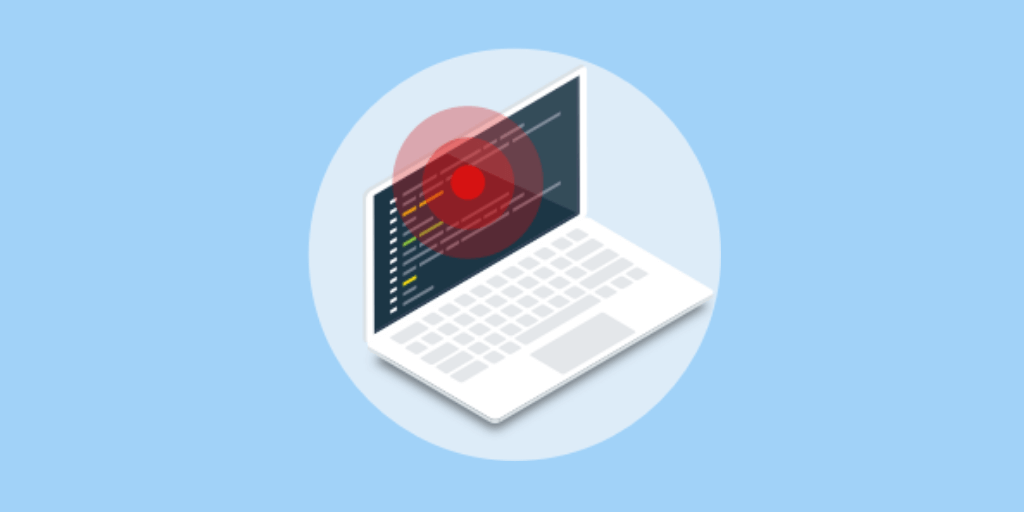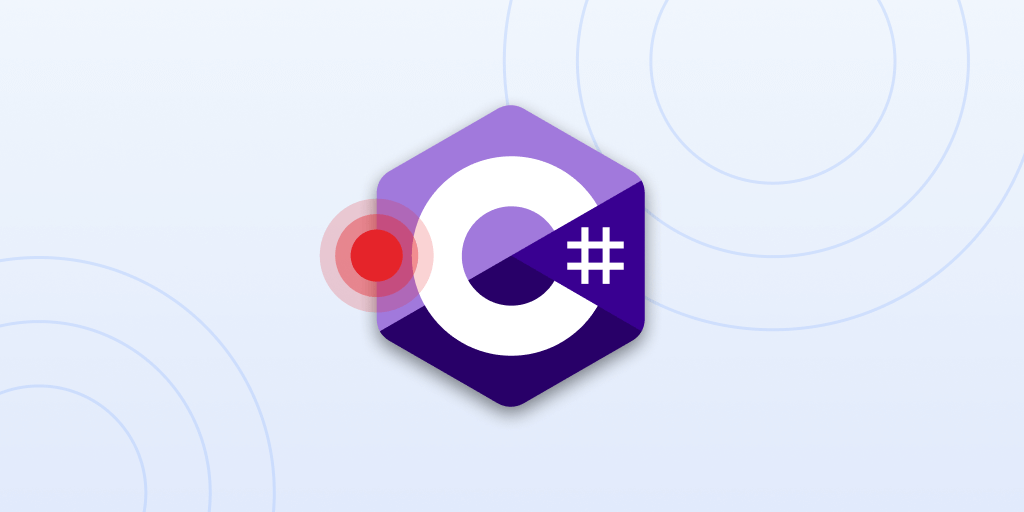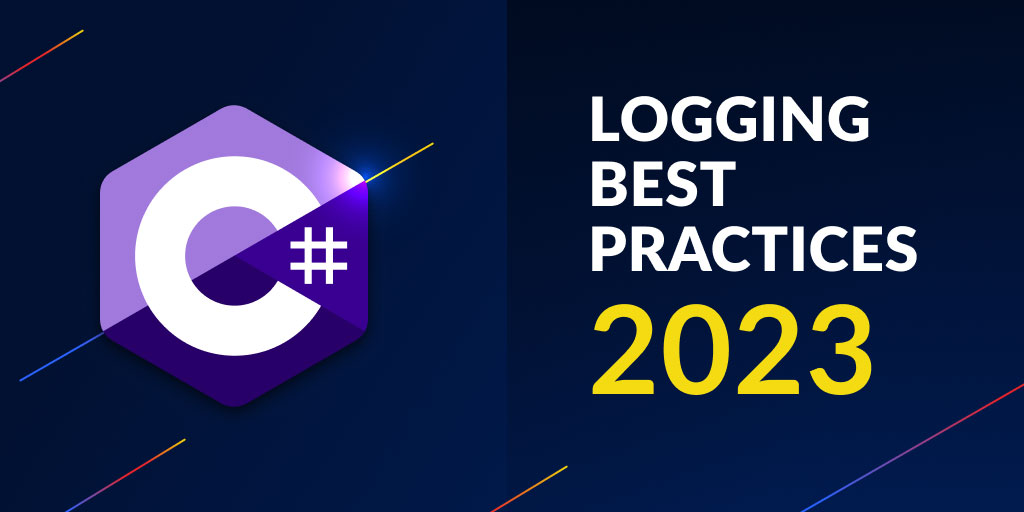12 top PHP frameworks for web developers to consider in 2023
Posted Nov 10, 2022 | 13 min. (2635 words)PHP, or Hypertext Preprocessor (originally Personal Home Page), is an open-source server-side scripting language used for developing dynamic websites and web applications. It’s extremely popular, too — more than 75% of all websites were still using PHP as of October 2022, with no signs of slowing down any time soon. It’s free to download and use and powerful enough to run some of the biggest websites on the internet (WordPress, Facebook, and Wikipedia, just to name a few).
As the language has been around since 1995, PHP web application development frameworks have had plenty of time to come and go, and the landscape is now full of high-quality options, like Laravel, CodeIgniter, Symfony, and others. There’s a rich ecosystem of frameworks available to make writing PHP code easier.
But why do you need to use a PHP framework in the first place? And how do you know which one is right for you?
This post will list 12 of the best PHP frameworks available today, and give you all the right details to help you pick the one you need.
Why use a PHP framework?
A framework provides a basic structure for streamlining web application development.
Here are some reasons why you might want to use a PHP framework:
- to speed up the development process with access to application architecture, templates, utility functionalities, and other features
- to make your website or application more secure, as popular PHP frameworks follow security best practices
- to avoid reinventing the wheel for every application and reduce the number of errors in your PHP code
- to facilitate teamwork, as developers will already have knowledge of the framework — or if not, they have access to abundant learning materials, documentation, and help from the community
- to take advantage of the third-party ecosystem around the framework, such as templates, plugins, or add-ons
However, a PHP framework is not always the ideal solution for web application development. For projects with unique needs or very small applications, the extra overhead that comes with a framework is not always worth it. Sometimes you’re better off developing your application in pure PHP as you’ll have fewer dependencies and only add the features you need.
What should you look for in a framework?
There are several things that you should be looking for when choosing a PHP framework. For more details, visit Symfony’s 10 criteria for choosing the best framework.
From a high level, you should consider:
- Popularity and community size: Frameworks are frequently community-driven, so an active community to maintain and improve a framework is a massive positive benefit.
- Philosophy: What is the framework intended to achieve? If it doesn’t line up with your own business needs and goals, maybe you should look for an alternative solution.
- Sustainability: Is the framework frequently maintained, and will it support your technology stack both now and in the future?
- Support: Where can you turn if you have any questions or concerns? Frequently, this point will tie back into the popularity and community size criteria. Documentation and online resources should be available to help you navigate any problems you might encounter.
The best way to make a decision, however, is to test them out before implementing them into your tech stack. You don’t have to test every single one, but try to narrow it down to two or three options and just have a play around with them. You never know!
12 of the best PHP frameworks
Here’s a list of the best PHP frameworks, based on their popularity and ability to facilitate web application development.
1. Laravel

Introduced in 2011, Laravel has become the most popular free, open-source PHP framework in the world. Why? Because it can handle complex web applications securely, at a considerably faster pace than other frameworks. It also has an elegant syntax and focuses on developer experience.
Laravel simplifies the development process by improving common tasks such as routing, sessions, caching, and authentication. It has a PHP template engine called Blade, but you can also use it together with frontend JavaScript frameworks such as Vue.js or React.
Reasons to use Laravel
- Laravel is suitable when developing applications with complex backend requirements, whether small or large. Installing Laravel has been made easier by the introduction of Homestead, a prepackaged, all-in-one Vagrant box.
- It’s a PHP framework full of features that will help you customize complex apps. Among these are seamless data migration, MVC (Model-View-Controller) architecture support, security, routing, view template engine, and authentication, among many others.
- Laravel is highly expressive, and its speed and security are in line with expectations for a modern web application. For developers who want to build B2B or enterprise websites that will evolve with changing web trends, Laravel is the way to go.
2. CodeIgniter

Known for its small footprint (it’s only about 2 MB in size, including the documentation), CodeIgniter is a PHP framework suitable for developing dynamic websites. It offers numerous pre-built modules that help with constructing robust and reusable components.
Reasons to use CodeIgniter
- CodeIgniter is an incredibly lightweight and straightforward PHP framework that’s hassle-free to install. Due to a simple setup process and highly illustrated documentation, it’s ideal for beginners.
- Key features include an MVC architecture, top-notch error handling, in-built security tools, and simple and thorough documentation. CodeIgniter also lets you create scalable apps.
- Compared with other frameworks, CodeIgniter is considerably faster. Since it also offers solid performance, it’s a good choice when you want to develop lightweight applications to run on modest servers. One caveat: CodeIgniter releases are a bit irregular, so the framework isn’t a great option for an application that requires high-level security.
3. Symfony

The Symfony framework was launched in 2005, so it’s been in existence for much longer than other frameworks on this list, and is a reliable and mature platform. Symfony is an extensive PHP MVC framework and the only framework known to follow PHP and web standards to the tee.
Reasons to use Symfony
- Symfony is the perfect choice for developing large-scale enterprise projects. It’s easy to install and configure on most platforms.
- One of the key features is its reusable PHP components. It also boasts database-engine-independence, stability, complies with most web best practices and design patterns, and allows for integration with other vendor libraries.
- Symfony is also highly flexible and can integrate with bigger projects such as Drupal.
Symfony vs Laravel
As Laravel is based on Symfony, let’s see a quick comparison of these two PHP frameworks.
They have many features in common, which makes it difficult to say which of these software frameworks is better objectively — however, currently Laravel is more popular.
While Laravel focuses more on simplicity and delivering value, even for developers who are less experienced, Symfony targets advanced developers and is a bit harder to start with. Symfony’s security mechanism is more difficult to use, and because Symfony lets developers “do it all”, can be slower than other frameworks — in other words, performance depends more on the implementation details.
4. CakePHP

If you’re looking for a toolkit that’s simple and elegant, look no further. CakePHP will help you develop visually impressive, feature-loaded websites and applications.
In addition, CakePHP is one of the easiest frameworks to learn, especially because it’s a CRUD (Create, Read, Update, Delete) framework. CakePHP hit the market in the early 2000s, and since then it’s gained better performance and many new components.
Reasons to use CakePHP
- CakePHP is simple and easy to install, as you only need a web server and a copy of the framework.
- It makes a good choice for commercial applications due to security features that include SQL injection prevention, input validation, cross-site request forgery (CSRF) protection, and cross-site scripting (XSS) protection.
- Some key features include fast builds, proper class inheritance, validation, and security.
- CakePHP provides great documentation, many support portals, and premium support through Cake Development Corporation.
5. Yii

The Yii framework — which stands for Yes, it is! — is, in fact, simple and evolutionary. It’s a high-performance, component-based PHP framework for developing modern web applications. Yii is a universal web programming framework as it’s suitable for all kinds of PHP projects - but it’s especially recommended for the rapid development of large-scale web applications.
Reasons to use Yii
- Yii boasts an easy installation process, and its robust security features make the framework suitable for highly secure endeavors such as e-commerce projects, portals, CMSs (content management systems), forums, etc.
- It has excellent speed and performance, is highly extensible, and lets developers avoid the complexity of writing repetitive SQL statements, as they can model the database data in terms of objects.
- Yii has a core developer team and many expert contributors. With a massive user community, you can post issues on Yii forums and get help fast.
- It’s highly extensible, and you can customize nearly every piece of the core code. However, if it’s your first time using it, be prepared for a steep learning curve.
6. Laminas Project

Laminas Project, the open-source continuation of Zend Framework, is a complete object-oriented framework, and the fact that it uses features such as interfaces and inheritance makes it extendable.
It was built on the Agile methodology, which helps you to deliver high-quality applications to enterprise clients. Laminas Project is highly customizable and adheres to PHP best practices — an important point for developers who want to add project-specific functionalities.
Reasons to use Laminas Project
- Laminas Project is an excellent fit for complex, enterprise-level projects.
- Some key features include MVC components, simple cloud API, data encryption, and session management.
- This framework can integrate with third-party PHP libraries, and you can use only the components you want. Laminas Project comes with extensive documentation and has a large community base.
7. Phalcon

A full-stack PHP framework that employs the MVC web architecture design pattern, Phalcon was originally written in C and C++ and released in 2012. Since it’s delivered as a C-extension, you don’t have to worry about learning the C programming language, but can still take advantage of low-level performance optimization used in native applications.
Reasons to use Phalcon
- Phalcon is easy to install and suitable for creating highly configurable web applications that are in line with enterprise development guidelines.
- Key features include increased execution speed, asset management, a universal autoloader, and top security and caching.
- Unlike other web application frameworks, Phalcon optimizes performance due to its efficient memory utilization. If you’re looking to create a blazing fast website, give Phalcon a try.
- On the negative side, Phalcon developers are a bit slow to patch bugs, which may not meet your requirements for high levels of security.
8. Fat-Free Framework (F3)

Fat-Free Framework (F3) is an easy-to-use PHP micro-framework built with minimalism in mind. As it avoids application complexity, you can use it to create performant PHP applications that load fast while it has a simple setup process that improves developer productivity. As F3 has been around since 2009, it’s a mature framework you can trust. It has 2,600+ stars on GitHub and an active community. MVC is supported but not enforced, making F3 flexible and interoperable with third-party classes.
Reasons to use Fat-Free Framework
- Fat-Free Framework is a beginner-friendly development tool with a flat learning curve. You can install it fast, without any complex configuration requirements.
- It’s a lightweight PHP framework, compressed into a single file that only weighs 65 KB.
- In addition to its lightweight core, Fat-Free Framework has a modular structure — you only add the features you need. Plugins are available for tasks such as templating, unit testing, image processing, geodata handling, and more.
- F3 supports both SQL and NoSQL databases, including MySQL, MySQL/Sybase, PostgreSQL, SQLite, DB2, and MongoDB.
- Axon, F3’s ORM feature, is famously user-friendly and syncs automatically with your database.
9. Lumen
Lumen is Laravel’s PHP micro-framework also created by Taylor Otwell and the Laravel community. While Laravel is a full-stack PHP framework, Lumen is a lighter and faster tool with less configuration and different routing parameters. Lumen uses Laravel’s elegant syntax, but it has fewer third-party integrations available and doesn’t have a PHP template engine.
Reasons to use Lumen
- If you have experience with Laravel, but don’t want to use a full MVC framework, Lumen is a lighter alternative. Later, you can still upgrade your Lumen application to Laravel if you want to. It’s important to note that the Lumen team, as stated on their site, “no longer recommend that you begin new projects with Lumen”, and advises making the step up to Laravel to accommodate PHP’s latest performance improvements.
- Lumen is frequently used for creating loosely-coupled microservices and high-performing APIs in PHP.
- While Lumen comes with a faster server response time, it’s less configurable and flexible than the Laravel framework.
- Lumen is still popular and has a large and active community around it.
10. Slim

Slim is another popular PHP micro-framework that helps developers quickly create simple but high-performing web applications and APIs. Web services and applications created with Slim have a minimalist architecture. It comes with a powerful HTTP router and supports dependency injection and PSR-7 HTTP message implementations.
Reasons to use Slim
- Just like other micro-frameworks, Slim is easy to learn. PHP developers use Slim to develop RESTful APIs and microservices.
- It’s also an excellent solution for rapid prototyping and small web applications that don’t require an MVC PHP framework.
- Key features include URL routing, session, and cookie encryption, client-side HTTP caching, and more.
- Active maintenance and friendly documentation make Slim super user-friendly.
11. Flight

Flight is yet another of our micro-frameworks. Flight was created to be extensible and comes with a set of default components and methods. It also allows you to register classes and map methods, or even override existing methods and classes. Limitation-wise, due to the RESTful nature of this framework, it’s might not be ideal for large-scale web application projects. You must also be working in PHP 5.3 or greater to use Flight.
Reasons to use Flight
- The documentation is thorough and straightforward, though Flight is slightly more obscure, so finding answers from the community can be a little tougher.
- Flight provides support for sending JSONP and JSON responses, and also supports routing and error handling.
- Offers built-in support for HTTP-level caching.
12. PHPixie

Introduced in 2012, PHPixie implements the HMVC design pattern. It was intended as a high-performance framework for read-only websites.
Reasons to use PHPixie
-
It’s easy to get started with PHPixie, which is suitable for social networking sites, customized web applications, and web app development services.
-
Key features include HMVC architecture, standard ORM (object-relational mapping), input validation, authorization capabilities, authentication, and caching.
-
PHPixie is built using independent components. For this reason, you can use it without the framework itself. Note that PHPixie has relatively few modules and it lacks support for components independently made from the dependencies. Another key disclaimer is that PHPixie hasn’t been updated or actively maintained since 2018, so while it remains in wide use, it’s no longer the best choice for new projects.
How hard are PHP frameworks to maintain?
As part of your PHP workflow, it’s important to track errors. Raygun Crash Reporting works with most PHP frameworks and will accurately help you detect and diagnose software errors. With smart PHP error monitoring software from a trusted tool like Raygun, you’ll get alerted to issues affecting your users the second they happen.
Which PHP framework is right for you?
Using a PHP framework simplifies the development process and helps to minimize your workload. Each framework has its own strengths and weaknesses, and they all vary in terms of community, documentation, and which databases they support.
So, determining the best framework to use depends on factors like security, ease of use, scalability, and documentation. So, start by understanding the requirements of the project or application you want to develop. Then, choose the most suitable PHP framework from this list


